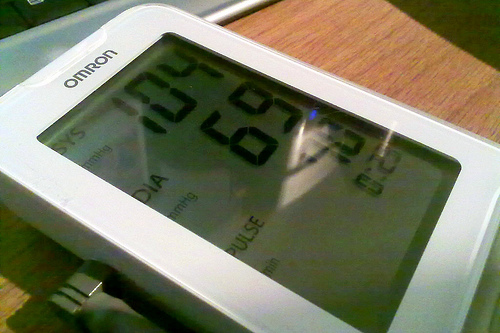
How Dangerous Is Low Blood Pressure?
Blood is the transport medium for nutrients, gases and waste products. It carries oxygen from the lungs to cells, where it is used in cellular aerobic respiration. It transports carbon dioxide to the lungs to be removed from the body through exhalation and carries nutrients from the gut to target cells to be utilized and stored. Cells and the immediate environment hang in a delicate balance in which blood plays a vital role. A good blood supply is needed for cell survival. Without good blood supply, less oxygen and fewer nutrients reach cells, and waste products accumulate in tissue. Without a good blood supply cells die. Blood pressure and heart rate are the two main variables in perfusion control.
- Important notification about information and brand names used in this slideshow!
- Photo courtesy of Pete by Flickr : www.flickr.com/photos/comedynose/7054922189/
- Ganong's review of medical physiology

Dizziness, Nausea and Fainting
Nerve cells are very active cells that can survive without oxygen for only a few moments. When the blood supply to the brain is compromised, the effects are felt immediately. Dizziness is one of the first symptoms. Nausea, vomiting, a ringing noise in the ears and blurred vision follow not long afterwards. With prolonged ischemia (lack of blood supply) weakness in the face, arms and legs, numbness, slurring of speech, difficulty in swallowing and poor balance may arise. These features vary according to the area of the brain that is affected. If symptoms last more than 24 hours, it is called a stroke. If not, it is called a transient ischemic attack. The reason we faint is that it brings the brain to same horizontal plane as the heart. Then it is easier to pump blood to the brain than in a standing position.
- Important notification about information and brand names used in this slideshow!
- Photo courtesy of TheeErin by Flickr : www.flickr.com/photos/theeerin/3541765821/
- Ganong's review of medical physiology
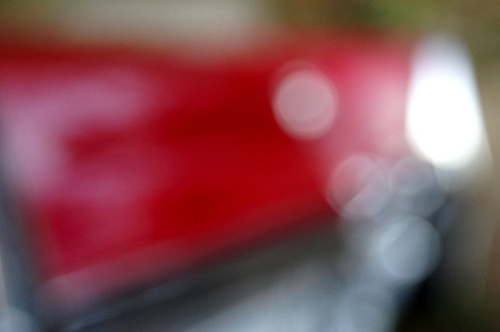
Blurred Vision
Blurred vision is one of the initial features of poor brain perfusion, and visual blurring due to low blood pressure can be severe to the point of momentary total blindness. A visual pathway extends from the retina to the visual cortex in the posterior occipital region, so blurred vision has a lot of possible causes. Ischemia is one of the most common vascular causes of vision loss. A prolonged poor blood supply will cause hypoxic damage to nerve cells, while a stroke at any site along the visual pathway will impair vision. The good news is that poor blood supply due to low blood pressure rarely persists long enough to cause significant damage.
- Important notification about information and brand names used in this slideshow!
- Photo courtesy of Jamo Spingal by Flickr : www.flickr.com/photos/jamo_spingal/6865368417/
- Ganong's review of medical physiology
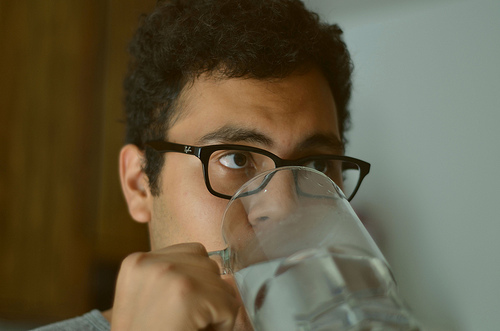
Thirst
Low blood pressure results in a low cardiac output. The venous return also reduces. Low pressure receptors in large veins and heart atria activate and send impulses to the brain, increasing vasopressin secretion from the hypothalamus. The adrenal cortex is stimulated and cortisol is produced. Cortisol increases angiotensinogen production in the liver. Angiotensinogen is converted into angiotensin 2. Low blood pressure lowers kidney perfusion. Filtration pressures drop and renin secretion rises. This triggers a renin-angiotensin-aldosterone cascade. Angiotensin 2 increases vasopressin secretion. Low blood pressure reduces the stretch of the heart atria. ANP secretion is thus reduced. An ANP reduction increases vasopressin secretion. Vasopressin causes thirst.
- Important notification about information and brand names used in this slideshow!
- Photo courtesy of jennie-o by Flickr : www.flickr.com/photos/jennie-o/9469722242/
- Ganong's review of medical physiology

Cold And Pale Skin
Physiological mechanisms of the body always redirect blood to where it is needed most. In an emergency the brain, lungs, heart, and kidneys are perfused well. After a meal and while relaxing the alimentary canal is well perfused. Capacitance vessels of the body are veins. Peripheral veins hold a large volume of blood. During a sudden drop in blood pressure due to bleeding or shock, blood is redirected towards the central vessels away from superficial vessels. Because of this low peripheral perfusion, the skin becomes clammy and pale; hands and feet become cold to touch.
- Important notification about information and brand names used in this slideshow!
- Photo courtesy of Juli by Flickr : www.flickr.com/photos/julishannon/2519556265/
- Ganong's review of medical physiology
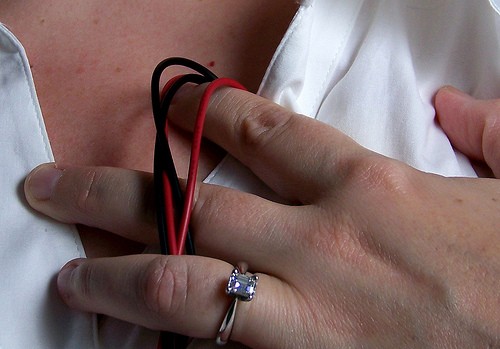
Extremes: Organ Failure and Heart Attack
Prolonged reduction of perfusion results in ischemia and infarction. The heart, brain and kidneys are the most susceptible. The heart is supplied during the diastole. If the diastole is shortened or blood pressure is low myocardial ischemia will occur. The brain is supplied by two carotid arteries. When the blood pressure is low there is global hypo-perfusion. Features are more generalized than localized ischemia. Fits and loss of consciousness rather than arm or leg weakness may result. Low kidney perfusion results in the pre-renal type of acute renal failure characterized by reduced urine output, high serum urea and creatinine.
- Important notification about information and brand names used in this slideshow!
- Photo courtesy of Bloody Marty by Flickr : www.flickr.com/photos/slipstreamblue/2897520550/
- Ganong's review of medical physiology

When To See a Doctor?
Medical advice should be sought if features of hypotension are persistent or if features are acute and debilitating. Most of us may have an odd episode of dizziness after getting up too fast from a supine position (orthostatic hypotension). But many serious medical conditions can cause persistent low blood pressure. Dehydration (high fever, burns and diuresis), excessive blood loss (trauma, menorrhagia, gastrointestinal bleeding), reduced adreno-cortical hormone secretion and autonomic neurophathies can result in low blood pressure. Doctors will screen for these causative factors and more. Drivers, heavy machine operators, those working in high places (scaffolding), swimmers, divers and elderly individuals need to see a doctor ASAP due to the unique dangers their lifestyle presents.
- Important notification about information and brand names used in this slideshow!
- Photo courtesy of Simon Fraser University by Flickr : www.flickr.com/photos/sfupamr/8577760509/
- Ganong's review of medical physiology
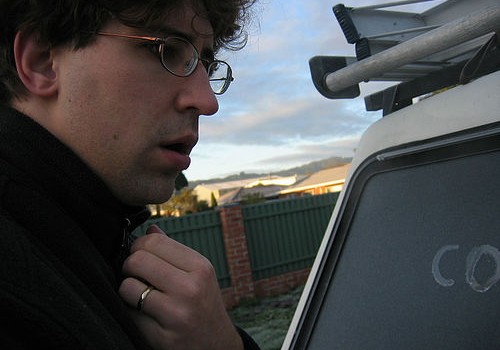
Rapid and Shallow Breathing
Low blood pressure causes the total volume of oxygen that reaches the target cells to decline. This triggers the oxygen receptors in the brain. The respiratory regulatory center in the brain stem sends signals to the lungs to increase the depth and rate of breathing. With poor perfusion more carbon dioxide is retained in the body. Carbon dioxide dissolves in water and a weak acid is formed. This is caused acidosis. In order to flush out excess carbon dioxide, the respiratory center is stimulated via neural pathways. Ischemia itself can cause breathing changes. If vessels supplying the brain stem are compromised, a micro-infarct of the brain stem respiratory center can cause rapid shallow breathing.
- Important notification about information and brand names used in this slideshow!
- Photo courtesy of Jo by Flickr : www.flickr.com/photos/mangee/23011290/
- Ganong's review of medical physiology

Natural Treatment of Low Blood Pressure
The human body is made mostly out of water. This water content is kept in balance by various mechanisms. Loss of body fluid lowers the blood pressure. Therefore adequate fluid intake is essential to maintain intra-cellular and extra-cellular fluid volumes. Peripheral veins are the capacitance veins of the body. Proper leg movement ensures good venous return to the heart, increasing pre-load (good ventricular filling). This increases the pumping volume and by extension, blood pressure. Ginger, pepper, turmeric and cinnamon have been shown to elevate blood pressure with regular consumption. Added salt in food maintains serum sodium levels. This increases serum osmolality retaining water in the body. Ancient meditation methods such as yoga have been shown to maintain blood pressure within normal parameters.
- Important notification about information and brand names used in this slideshow!
- Photo courtesy of Cam Switzer by Flickr : www.flickr.com/photos/camswitzer/3292254672/
- Ganong's review of medical physiology
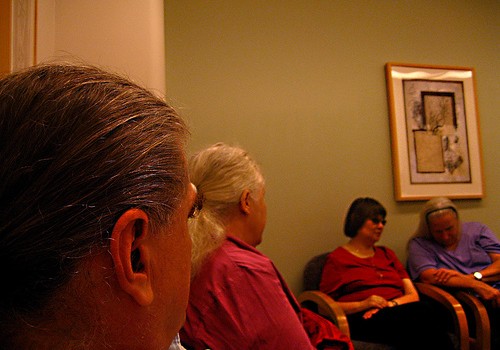
Conditions That May Cause Low Blood Pressure
Many cardiac, pulmonary, gastrointestinal, renal, traumatic and systemic conditions can give rise to low blood pressure. Some conditions that can lower blood pressure are: cardiac failure (left ventricular failure), heart rhythm abnormalities, valve disorders, myocarditis, cardiomyopathies, ischemic heart disease, pulmonary embolism, severe diarrhea and vomiting, diabetes insipidus, bleeding, shock (hypovolemic, septic, anaphylactic and neurogenic), inflammatory disorders, low serum protein and inappropriate use of drugs. Electrocardiogram, 2d echocardiogram, CKMB, ESR, CRP, serum electrolytes, viral screening, plasma renin activity, vasopressin level, ANA, ADsDNA, rheumatoid factor and serum protein may be performed according to the clinical judgment of the doctor.
- Important notification about information and brand names used in this slideshow!
- Photo courtesy of Doyle Saylor by Flickr : www.flickr.com/photos/doyle_saylor/1305301674/
- Ganong's review of medical physiology



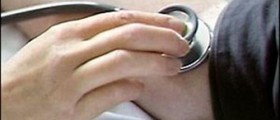
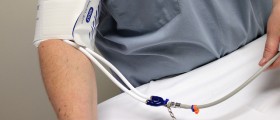





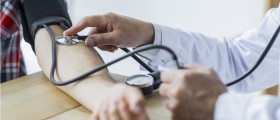
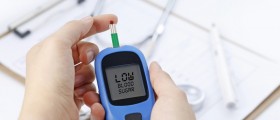
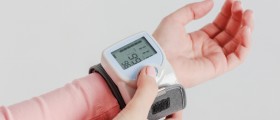

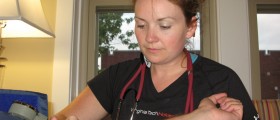

_f_280x120.jpg)
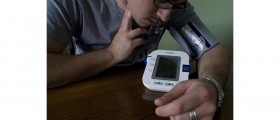
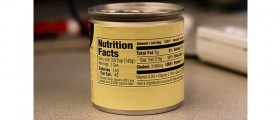

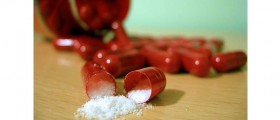






Your thoughts on this
Loading...